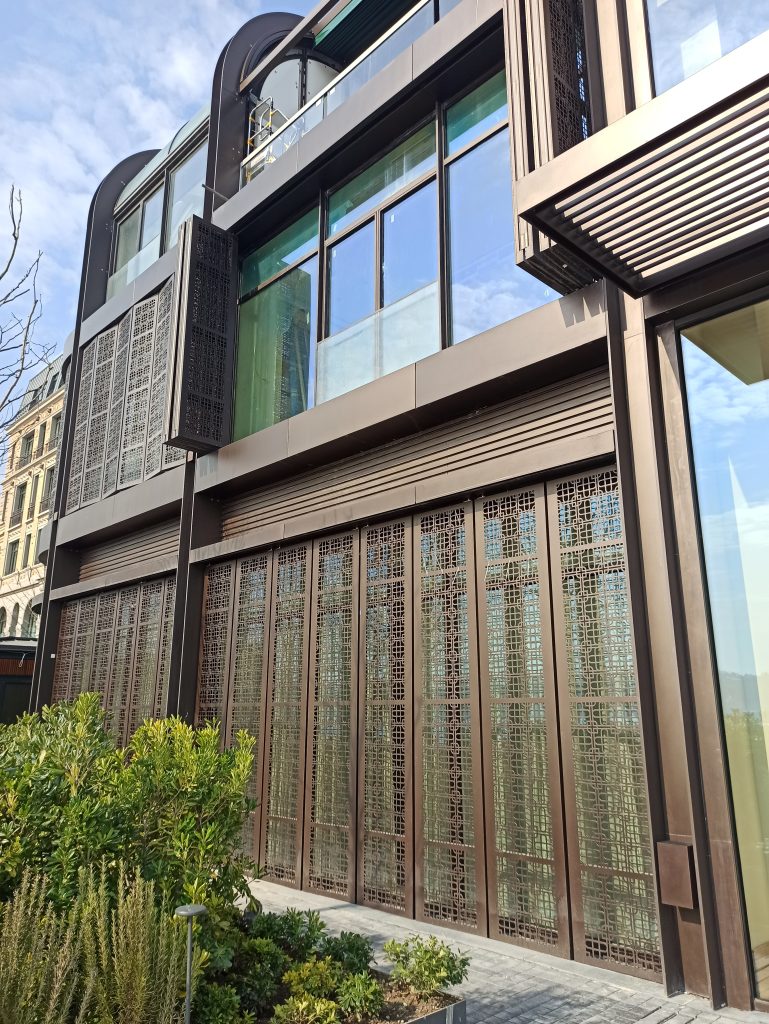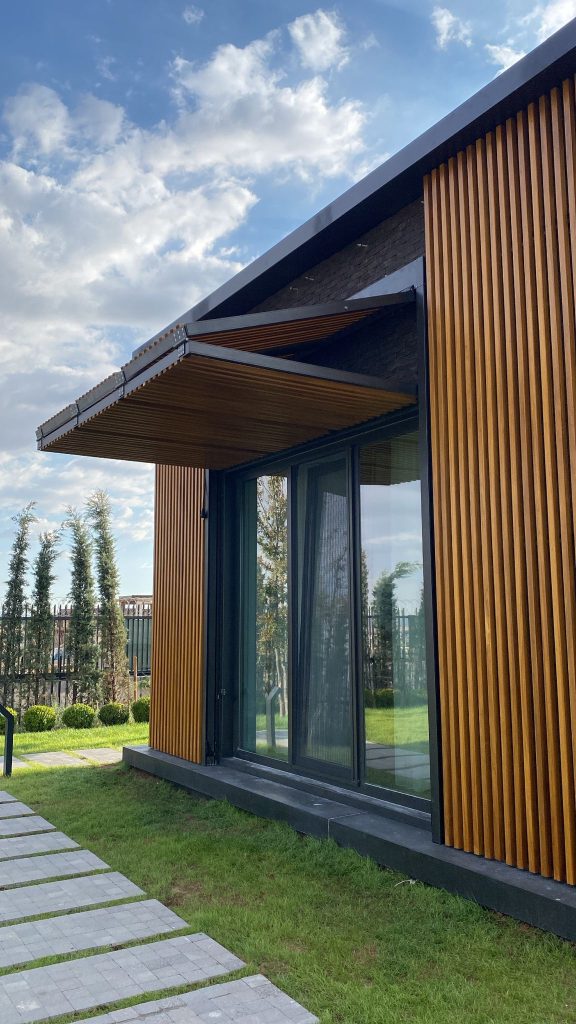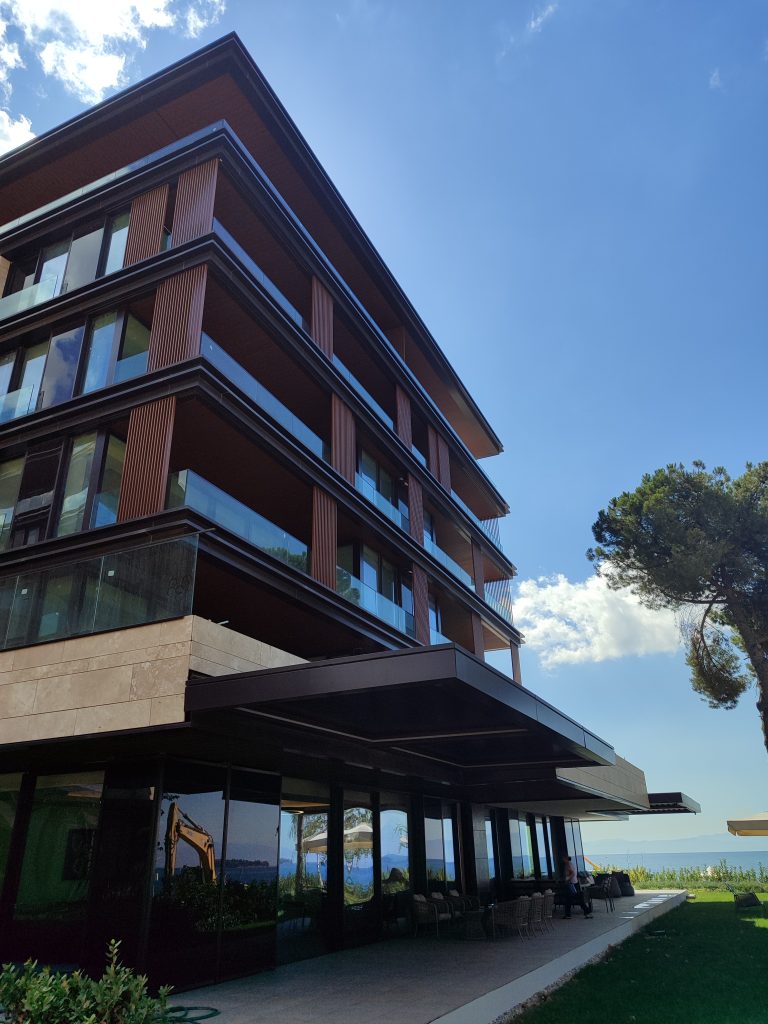Architectural solar control systems have come a long way since they were purely functional additions to buildings. Historically, shutters and coverings were primarily used to regulate temperatures within the building and to protect against harsh weather conditions. But with the development of architectural trends, these systems have become a central element in the aesthetics, sustainability, and function of buildings.
Today, solar control solutions are an integral part of modern building designs, combining artistic expression with advanced technology. These systems not only improve the appearance of buildings but also contribute significantly to energy efficiency by reducing dependence on artificial cooling and heating. Architects and designers use these tools to create buildings that blend into their surroundings while meeting strict environmental standards.
In Israel, with its unique climate and diverse architectural styles, there has been an increase in demand for innovative solar control systems. Companies specializing in decorative shutters and cladding play a central role in realizing the visions of architects and developers. By combining traditional craftsmanship with modern technology, these solutions address diverse design requirements, ensuring both functionality and visual appeal.
As the industry continues to grow, the focus remains on developing systems that are adaptable, durable, and sustainable—a testament to the evolving relationship between architecture and technology.





